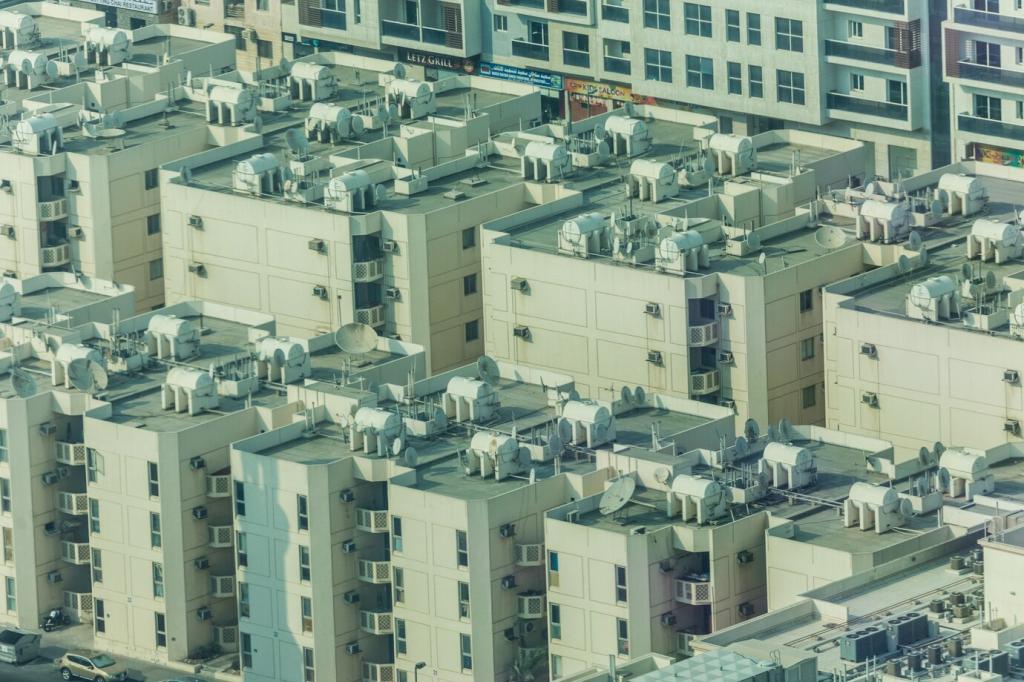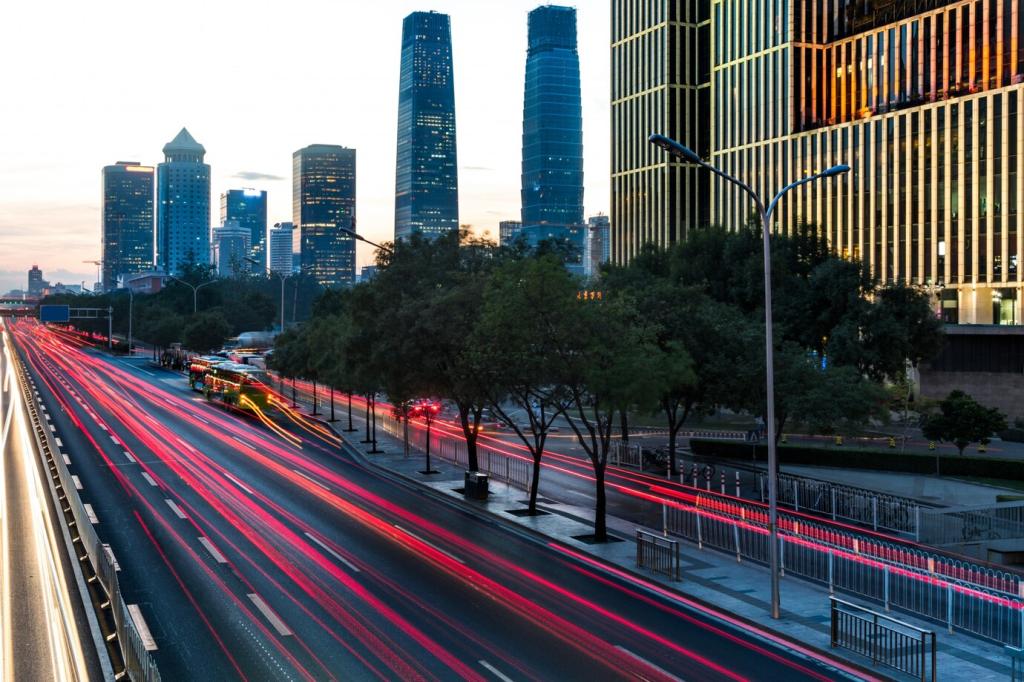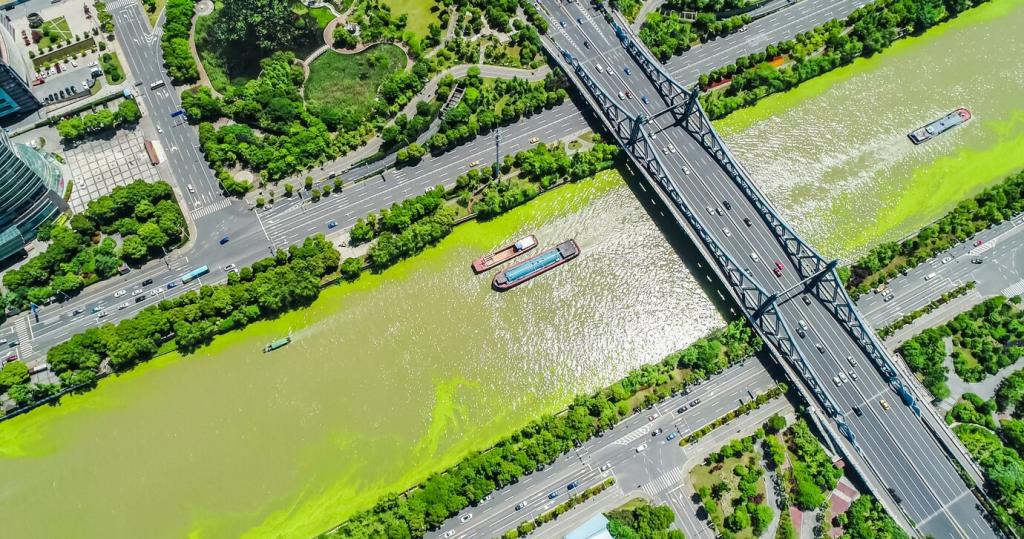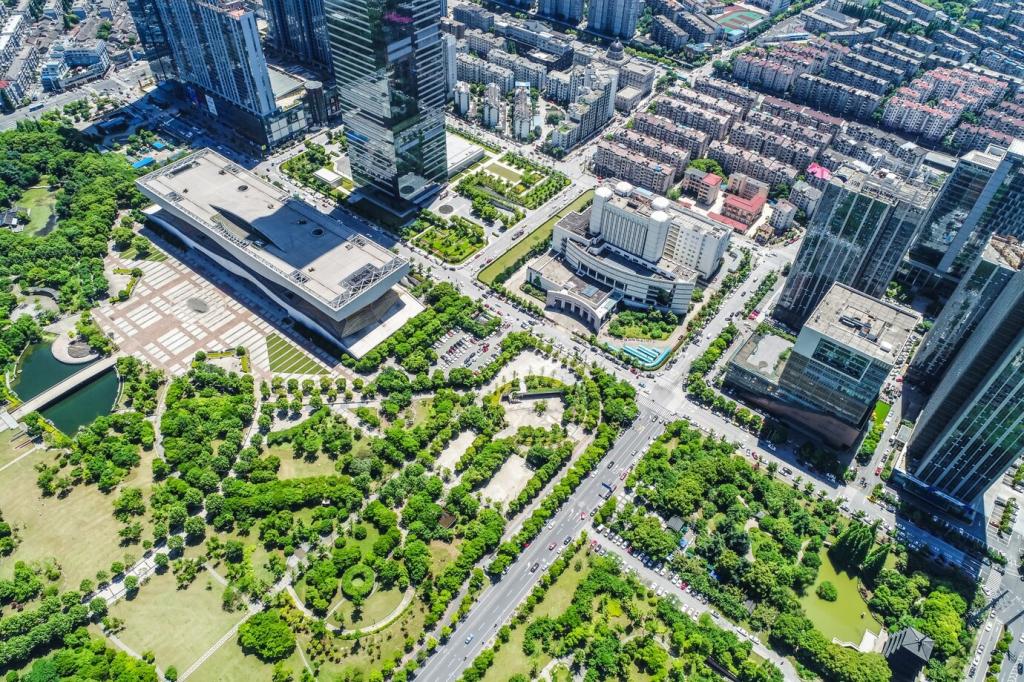Less, Smarter, Greener: Minimalist Architecture Trends in Future Cities
Chosen theme: Minimalist Architecture Trends in Future Cities. Explore how purposeful reduction creates room for clarity, community, and climate resilience. Join the conversation, share your minimalist city moments, and subscribe for stories that turn fewer elements into deeper urban experiences.

Shallow floor plates invite daylight deeper indoors, while clean sightlines reduce visual noise. Built-in storage dissolves clutter, and warm, durable finishes keep small rooms from feeling temporary. Thoughtful negative space becomes a breathing room, quietly expanding perceived volume without adding unnecessary square meters.





Planting bands frame plazas, leaving open ground for markets, concerts, and play. Simple benches align with tree shadows, creating rhythm without clutter. A restrained palette—stone, wood, foliage—lets people and events supply the color, ensuring public space remains adaptable through everyday life.
Biophilic Minimalism in Public Spaces
Cultural Minimalism: Local, Not Generic
Proportions from vernacular porches inspire deep colonnades; traditional latticework evolves into high-performance screens. The gestures are familiar, the execution refined. Stripping away excess lets cultural patterns read clearly, honoring memory while meeting contemporary needs with sincerity and clarity.
Cultural Minimalism: Local, Not Generic
A simple brick wall sings when joints are tuned, bonds alternate, and reveals catch light. Timber louvers create a quiet cadence across façades. In minimalism, detailing is the narrative; shadows draft the paragraphs that speak of time, weather, and human touch.



Resilience and the Calm City
Passive survivability keeps rooms habitable during outages: cross-ventilation, thermal mass, and operable shading. Stairwells invite walking, not just evacuation. When everyday comfort aligns with emergency readiness, resilience stops being a specialized feature and becomes an ordinary, reassuring baseline.
Resilience and the Calm City
Bioswales, permeable paving, and floodable plazas manage water without fortress walls. Substations hide behind green screens, roofs harvest rain in unobtrusive gutters. The city reads as open and welcoming, yet calmly prepared, making resilience feel like a public amenity instead of a burden.
